SkillBridge Summer Camp
Lay foundation for your Professional journey with 2-months in-person/Hybrid SkillBridge Summer Camp Internship Program. Learn crucial Skills/Tools and work on real-world projects in our office Mohali.
Program Outline:
First 30 Days: Learn
- In-person Classes at Mohali
Next 30 Days: Work Experience
- In-person/Online work on Real-World projects
Program Syllabus
First Choose from our specialized tracks :
This Summer Camp Training program in cybersecurity provides a comprehensive 60-day (training + internship) experience in cybersecurity, divided into three specialized tracks covering cybersecurity fundamentals, penetration testing, digital forensics, and SOC operations.
Module I: Pentesting
- Fundamentals
- Virtualization types: Type 1 (bare-metal) and Type 2 (hosted)
- Managing Virtual Machines in VirtualBox
- Understand the basics of Docker and Docker Compose
- Create Docker images and run containers
- Run Docker-Compose setup
- Components of Operating Systems
- Hands-on with Linux commands
- Learn Linux filesystem and permissions
- Types of Computer Networks
- Computer Networking Basics (IP, Subnet, Netmask)
- Visualize layers of TCP/IP with Wireshark
- Understand important network protocols (HTTP, HTTPS, FTP, SSH, SFTP) with Wireshark
- Exploit vulnerabilities and misconfigurations in FTP and SSH servers
- CTF: Exploit vulnerable/misconfigured services and analyze packet captures to find flags
- Cybersecurity Fundamentals
- CIA (Confidentiality, Integrity, Availability)
- AAA (Authentication, Authorization, Accounting)
- Generate hashes with Linux commands and online tools
- Learn symmetric and asymmetric encryption and digital signatures
- Break hashes with Hashcat
- Crack passwords with John the Ripper
- Case Study: WannaCry Ransomware
- CTF: Break hashes and crack passwords of protected files
- Host Pentesting
- Stages of Penetration Testing
- Scan networks to discover hosts
- Service enumeration with Nmap
- Exploit the vsftpd backdoor vulnerability manually
- Use Metasploit for exploitation and gain meterpreter
- Generate post-exploitation payloads using msfvenom for Linux and Windows
- Perform privilege escalation in Linux systems
- CTF: Exploit vulnerable hosts
- Web Application Pentesting
- Understand OWASP Top 10 vulnerabilities
- Deploy vulnerable web apps: DVWA, OWASP Juice Shop, and OWASP WebGoat
- Exploit weak session ID vulnerability on OWASP Juice Shop using Burp Proxy and Burp Repeater
- Perform SQL Injection attacks on DVWA (locally hosted) using SQLMap
- Exploit Cross-Site Scripting vulnerability manually and using XSS Strike
- Perform automated and manual scans on DVWA using ZAP
- Conduct network scans using Nessus
- Perform dictionary attacks on vulnerable web apps using Burp Intruder
- CTF: Identify and Exploit Web Application Vulnerabilities
- Network Security
- Wireless adapter operation modes: Monitor and Managed
- Capture Wi-Fi traffic with Wireshark and wireless adapter
- Change adapter's mode using airmon-ng
- View devices in a WiFi network using Wireshark
- Crack a WPA WiFi access point's password using aircrack-ng
- Decrypt encrypted WiFi traffic captured on Wireshark
- Tools and Python scripting
- Shodan to find live vulnerable servers
- Refine search results using Google Dorks
- Whois lookup and urlscan.io for recon
- Phishing campaigns using Gophish
- Hack into web browsers using The BeEF
- WordPress vulnerabilities scan
- Websites scan for vulnerabilities using Nikto and Nuclei
- Python scripts for traffic sniffing with the Scapy
- Dictionary attacks using Python scripts with pexpect and paramiko
Recommended Certifications:
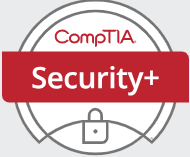
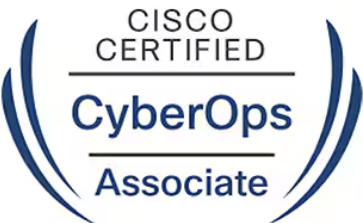
Tools:
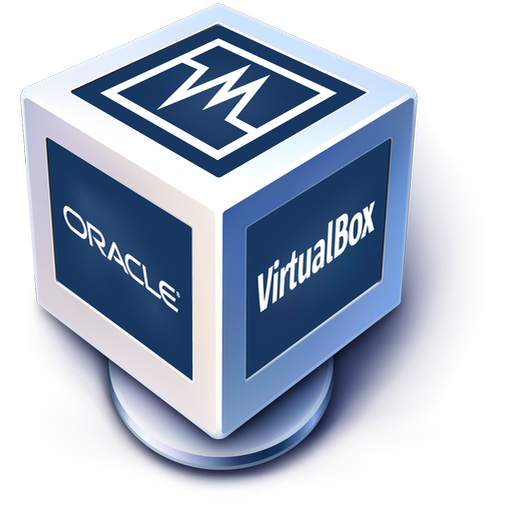
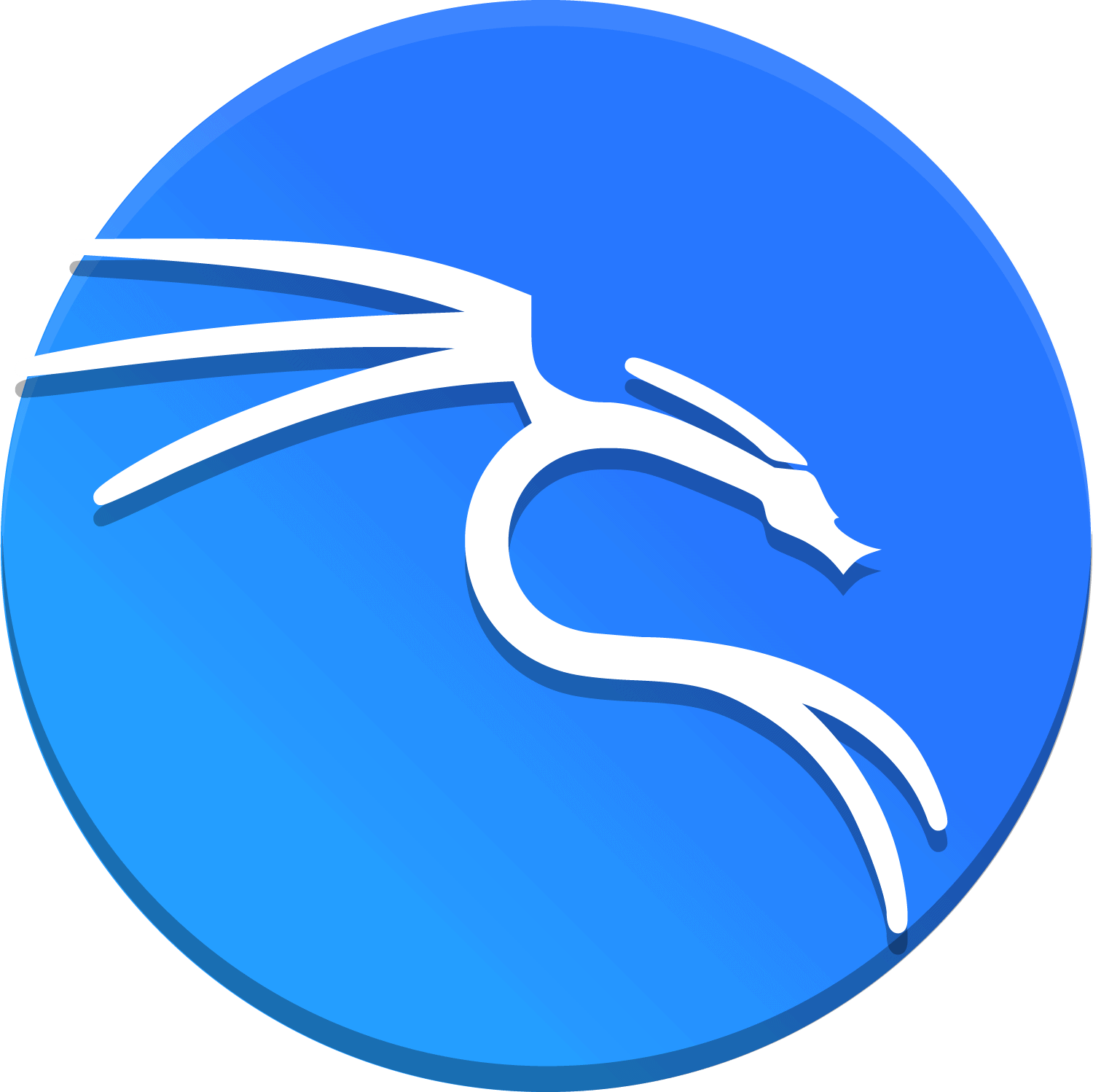








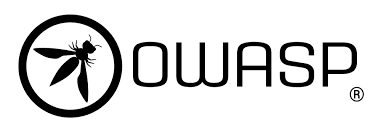
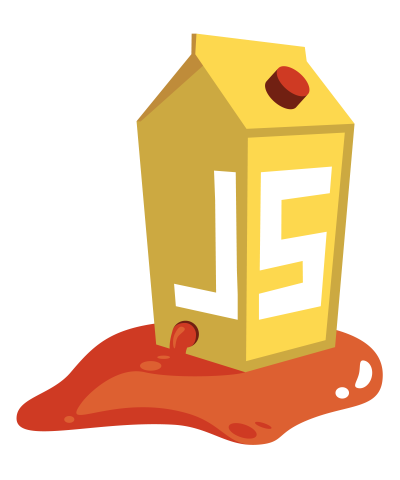

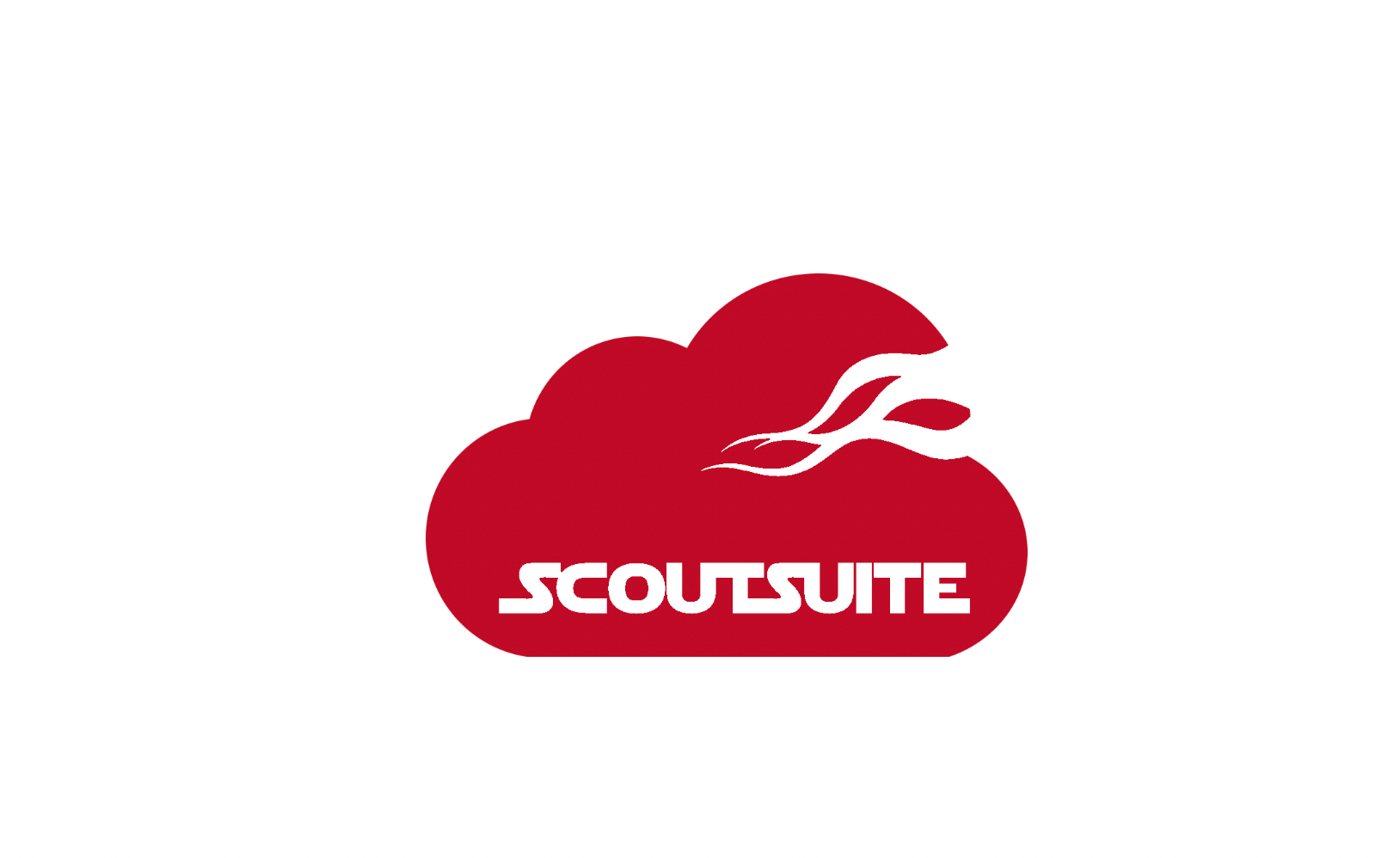


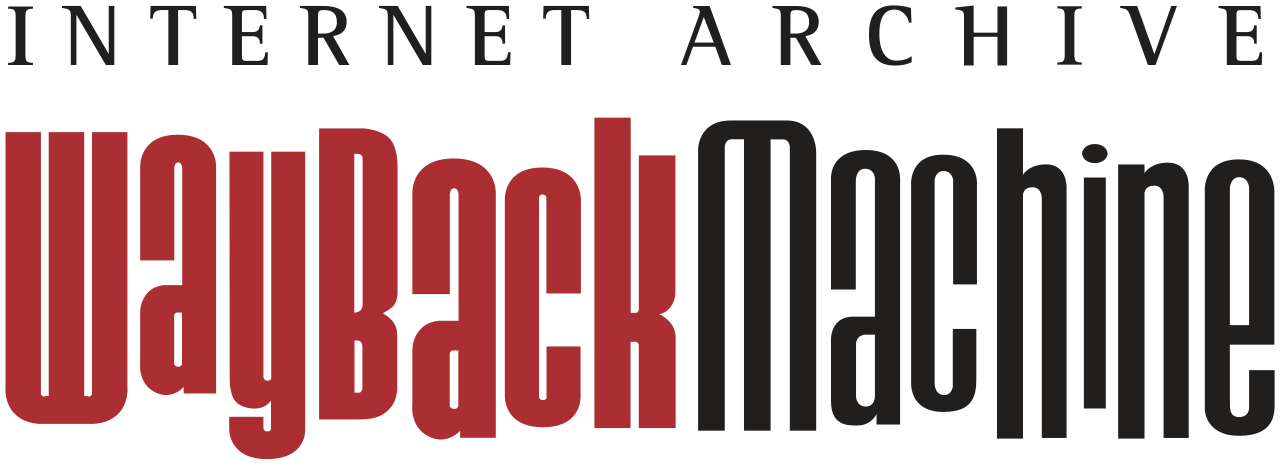

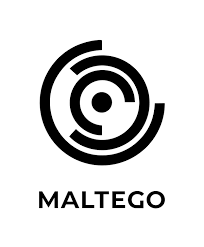
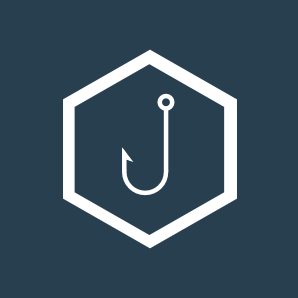







Module II: Digital Forensics
- Introduction and Disk Forensics
- Digital Forensics Process
- Chain of Custody
- Evidence Acquisition: Live and Dead
- Create digital image of a disk
- Processing disk image for artifacts
- Recovering deleted files from Disk
- Collecting Forensics artifacts: Browser activity, Recently opened files, Installed programs, Executed programs, User details
- CTF: Process a real-world image to investigate the case
- Windows Forensics
- Windows Event Logs
- Event Log extraction to reconstruct Timeline
- Log Analysis with Event Log Viewer
- Advanced analysis: Log Parser and Log Parser Lizard
- Threat Hunting in Logs with Hayabusa
- Sigma rules for detection
- CTF: Analyze provided Event Logs to investigate the case
- Memory Forensics
- Dumping RAM for Linux and Windows machines
- RAM Dump Analysis with Volatility
- Working with Volatility Workbench
- Recovering Forensics Artifacts from Memory: Process memory, Process Binary, Open File Descriptors, Network Connections, Process Hierarchy
- Case Study: Cridex Malware Investigation
- Redline for Live Acquisition and quick analysis
- CTF: Analyze provided RAM Dump to investigate the case
- Network Forensics
- Networking Traffic capture and Analysis using Wireshark
- HTTP Traffic analysis and object extraction
- TCP/UDP Stream reconstruction to uncover complete exchange
- Case Studies: Redline Infostealer Malware Traffic Analysis, Phishing Attack Traffic Analysis
- Network Forensics to recover artifacts with Network Miner
- Macroanalysis to locate traffic trends and outliers: CapAnalysis, Xplico
- CTF: Analyze provided PCAP to investigate the case
- Malware Containment and Analysis
- Threat hunting with Master Parser and DeepBlue CLI
- Log Enrichment with Sysmon
- Sandboxes and their usage: Containment Sandboxes (Sandboxie, Firejail), Malware Analysis Sandboxes (Any.run, Cuckoo, Joe Sandbox)
- CTF: Analyze provided Malware Sample to investigate the case
Tools:






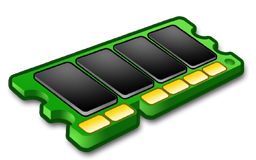









Module III: Security Operation Center Operations
- Introduction to SOC
- Cyber Security Framework (Identify, Protect, Detect, Recover, Govern)
- What an SOC is, its importance, and SOC Roles
- Career Path and required Skills
- Cyber Security Threats (Malware, Phishing, Insider Threats, Advanced Persistent Threats (APTs))
- Splunk SIEM
- How SIEM Works (Collect Data and Aggregation from Endpoints)
- Key Terms in SIEM (Events, Logs, Parsing, Normalization)
- Splunk SIEM Components (Forwarder, Indexer, Search Head)
- Setting up Splunk SIEM Server
- Configuring Splunk SIEM agents
- Splunk Query Language (SPL) queries
- Uploading logs (Windows and Linux) for threat hunting
- Create dashboards for threat hunting
- CTF: Use Splunk SIEM to locate issues
- Splunk SOAR
- Security Orchestration Automation and Response (SOAR) elements: Threat Intelligence, Automation, Response, Orchestration
- Key terms in Splunk SOAR (App, Asset, IOCs, Playbook)
- Understanding Threat Intelligence Feeds (Open-Source, Free, and Commercial)
- Integrating Splunk SOAR to Splunk SIEM
- CTF: Create Custom dashboard for real-world threat hunting on Windows Event Logs
- Wazuh XDR
- Endpoint Detection & Response (EDR) vs Extended Detection & Response (XDR)
- Host Based Intrusion Detection System (HIDS): Open Source Security Event Correlator (OSSEC)
- Wazuh: Open Source XDR solution
- Wazuh core components (Agent, Server, Indexer)
- Building custom Threat Hunting dashboards with Wazuh
- Monitor compliance using the Compliance Dashboard
- Detect known Tactics, Techniques, and Procedures (TTPs)
- Adversary emulation using Atomic Red Team
- CTF: Detect and respond to threats using Wazuh
Recommended Certifications:
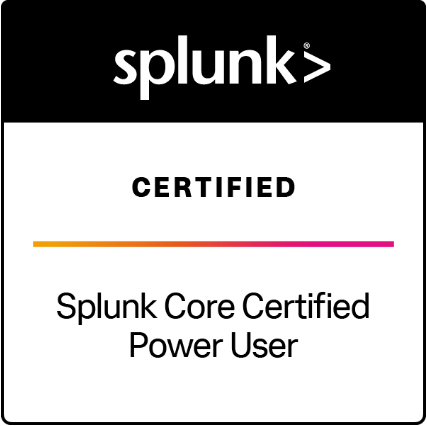
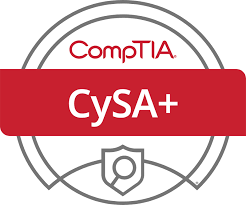
Tools:




This Summer Camp Training program provides a comprehensive 60-day (training + internship) experience in artificial intelligence and LLM, covering both theoretical foundations and practical applications.
Month 1: Technical Foundations & AI Application Development
Focus: Understanding LLMs, Fine-tuning, Building AI Apps, & Deploying AI Models
- Class 1: Introduction to AI, LLMs & APIs
- Overview of AI, LLMs (GPT, LLaMA, Falcon, Mistral)
- Evolution from rule-based AI to Transformers
- Hands-on: Playing with OpenAI, Hugging Face APIs
- Class 2: NLP Basics & How LLMs Work
- Tokenization, Embeddings, Self-Attention
- Understanding Transformer Architecture
- Hands-on: Exploring Tokenization & Word Embeddings
- Class 3: Prompt Engineering & AI Agent Basics
- Basic vs Advanced Prompting
- Temperature, max tokens, system messages
- Hands-on: Crafting optimized prompts for different tasks
- Class 4: AI Agents & Automation with n8n
- What are AI agents? How do they automate tasks?
- Integrating OpenAI API with n8n
- Hands-on: Building a simple AI-powered email assistant
- Class 5: Building AI Agents on n8n (Advanced)
- Multi-step AI workflows in n8n
- Automating customer responses, emails, and tasks
- Hands-on: AI-powered customer support chatbot in n8n
- Class 6: Fine-tuning vs. Prompt Engineering vs. RAG
- When to fine-tune, when to use RAG (Retrieval-Augmented Generation)
- Hands-on: Fine-tuning a small BERT model for classification
- Class 7: Running Open-source LLMs Locally
- Deploying models like LLaMA 2, Falcon, and Mistral
- Hands-on: Running and experimenting with Hugging Face models
- Class 8: AI Chatbot Development with LangChain
- Basics of LangChain for AI-powered apps
- Using Memory in AI chatbots
- Hands-on: Building an AI chatbot with persistent memory
- Class 9: AI for Code Generation & Debugging
- Understanding AI in software development
- Hands-on: Building an AI-powered code assistant using OpenAI Codex
- Class 10: AI-Powered Search & Knowledge Assistants
- Semantic search, vector databases (ChromaDB, Pinecone)
- Hands-on: AI-powered search for document retrieval
- Class 11: Deploying AI Applications with FastAPI
- Introduction to API-based AI deployment
- Hands-on: Exposing AI models via FastAPI and testing endpoints
- Class 12: AI for Text Analysis & Fake News Detection
- Sentiment analysis, text classification
- Hands-on: AI-powered news verification tool
- Class 13: AI-Powered Image Processing
- Vision models (CLIP, BLIP, DALL·E)
- Hands-on: Using AI to analyze and generate images
- Class 14: AI Security & Ethics
- Bias, security concerns in LLMs
- Implementing safety measures in AI applications
- Hands-on: Building a secure AI-powered chatbot
- Class 15: Final Project Planning & Team Formation
- Selecting AI project ideas
- Defining user personas, use cases, and dataset requirements
- Hands-on: Creating a project roadmap & milestones
Tools:










Month 2: AI Startup & Product Development
Focus: Building AI Startups, Monetization, and Scaling AI Projects
- Class 16: Understanding AI Startup Ideas & Business Models
- SaaS vs API-based AI services
- Case studies of AI startups
- Hands-on: Discussing AI startup ideas & selecting projects
- Class 17: Project Timeline Planning & Milestones
- Roadmap creation & agile planning
- Milestone-based execution strategy
- Hands-on: Project timelines & team task allocation
- Class 18-20: MVP Development (Hands-on)
- Building the first prototype (Minimum Viable Product - MVP)
- Implementing core AI functionality
- Hands-on: First working version of AI application
- Class 21-23: Scaling & Deployment
- Deploying AI apps on AWS, GCP, or DigitalOcean
- Handling real-world traffic & API load
- Hands-on: AI application cloud deployment
- Class 24: AI Monetization Strategies
- Subscription models, freemium, pay-per-use
- Exploring OpenAI's marketplace & API sales
- Hands-on: Designing a pricing model for AI services
- Class 25: Pitching, Feedback & Demo Day
- Each team presents their AI startup idea
- Review by peers, mentors, and industry professionals
- Hands-on: Refining product based on feedback
Frequently Asked Questions (FAQ)
Reserve your spot!
Early Bird Offer!
Actual Price:
₹/-Venue:
Sec 82, MohaliProgram:
Mode:
In-person (Mohali)From: 09 Jun To: 09 Aug